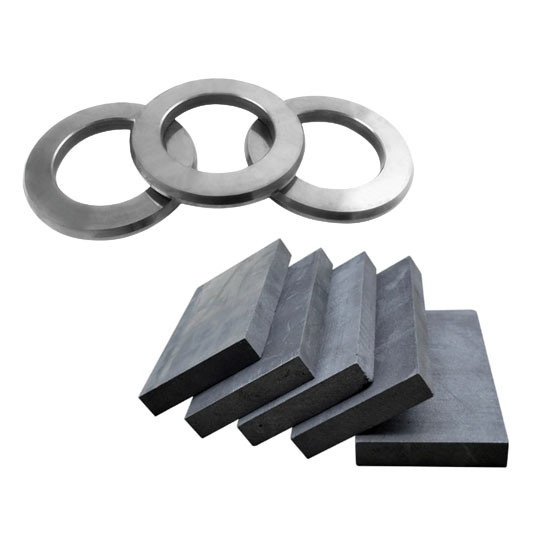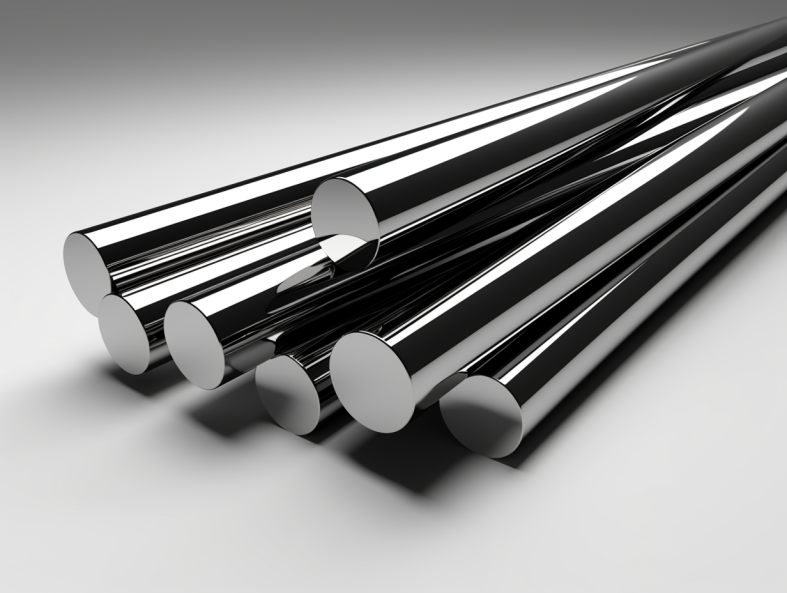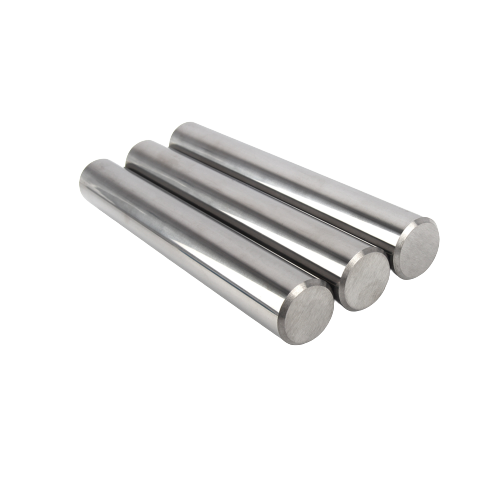Carbide heat resistance is a vital aspect of modern engineering and manufacturing, offering exceptional performance in extreme conditions. Whether you’re designing tools, machining components, or working in high-heat environments, understanding carbide’s heat resistance is crucial. This article will delve deep into its raw materials, production, applications, and properties, ensuring you have everything you need to know in one place. Ready? Let’s jump in.
What Is Carbide Heat Resistance?
Carbide materials are synonymous with strength, durability, and resistance to wear and heat. But what does “heat resistance” actually mean? Simply put, it’s a material’s ability to maintain its structural integrity and performance under high temperatures. Carbides, made from compounds like tungsten and titanium, excel in this area, which is why they are used in applications ranging from industrial cutting tools to jet engines.
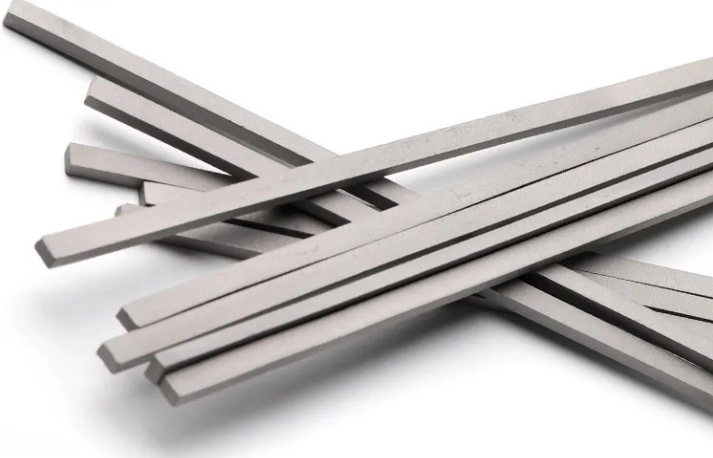
Types of Carbide Heat Resistance
Not all carbides are created equal. Some shine in high-heat machining, while others are better for wear resistance. Here’s a detailed breakdown of various carbide models and their heat-resistant properties:
| Type of Carbide | Composition | Key Features | Heat Resistance |
|---|---|---|---|
| Tungsten Carbide (WC) | Tungsten + Carbon | Extreme hardness, wear-resistant | Up to 870°C |
| Titanium Carbide (TiC) | Titanium + Carbon | Lightweight, corrosion-resistant | Up to 3000°C |
| Silicon Carbide (SiC) | Silicon + Carbon | High thermal conductivity | Up to 1650°C |
| Chromium Carbide (CrC) | Chromium + Carbon | Oxidation resistance | Up to 1150°C |
| Tantalum Carbide (TaC) | Tantalum + Carbon | Very high melting point | Up to 4000°C |
| Niobium Carbide (NbC) | Niobium + Carbon | Stable at extreme temperatures | Up to 3600°C |
| Zirconium Carbide (ZrC) | Zirconium + Carbon | Resistant to corrosion | Up to 3500°C |
| Hafnium Carbide (HfC) | Hafnium + Carbon | Excellent heat resistance | Up to 3900°C |
| Boron Carbide (B4C) | Boron + Carbon | Lightweight, impact-resistant | Up to 2450°C |
| Vanadium Carbide (VC) | Vanadium + Carbon | Tough, versatile | Up to 2800°C |
Raw Materials and Composition Analysis
The magic behind carbide’s heat resistance lies in its composition. Carbides are typically a combination of a metallic element and carbon atoms. The metallic component gives the material its strength, while the carbon atoms contribute to hardness and heat stability.
- Tungsten Carbide (WC): Composed of equal parts tungsten and carbon, WC is one of the most commonly used carbides in industrial applications. Its hardness is second only to diamond, making it ideal for cutting tools and drills.
- Silicon Carbide (SiC): This carbide features silicon bonded to carbon, resulting in excellent thermal conductivity and low thermal expansion.
- Titanium Carbide (TiC): Lightweight yet strong, TiC is often used in aerospace components and coatings.
Key Composition Table
| Carbide | Metal Content (%) | Carbon Content (%) | Impurities |
|---|---|---|---|
| Tungsten Carbide (WC) | 94 | 6 | Trace elements |
| Titanium Carbide (TiC) | 80 | 20 | Small oxygen traces |
| Silicon Carbide (SiC) | 70 | 30 | Minor oxides |
| Chromium Carbide (CrC) | 88 | 12 | Trace nitrogen |
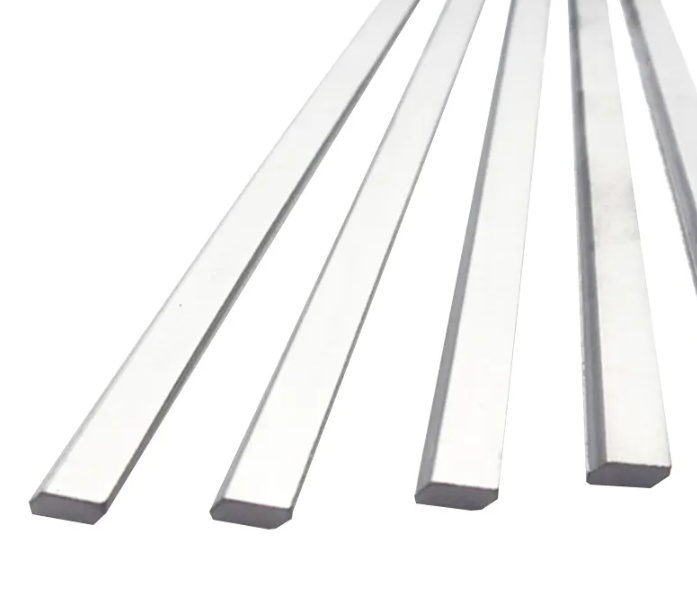

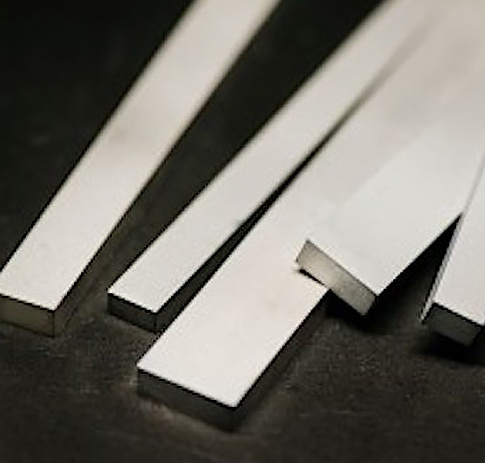
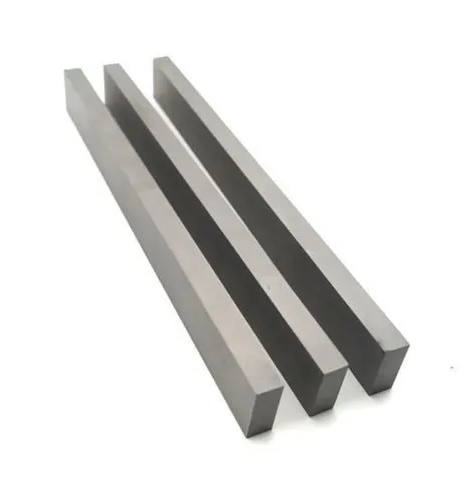
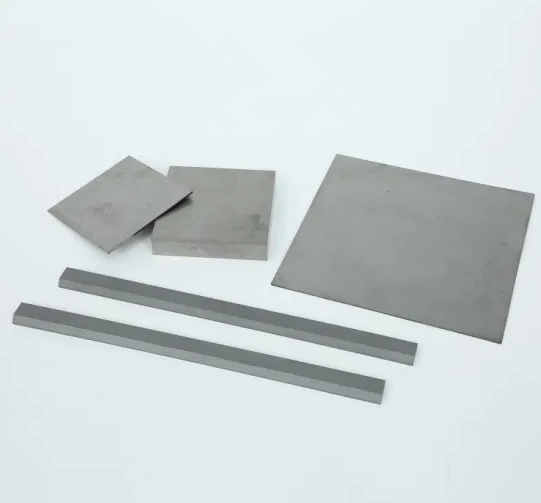
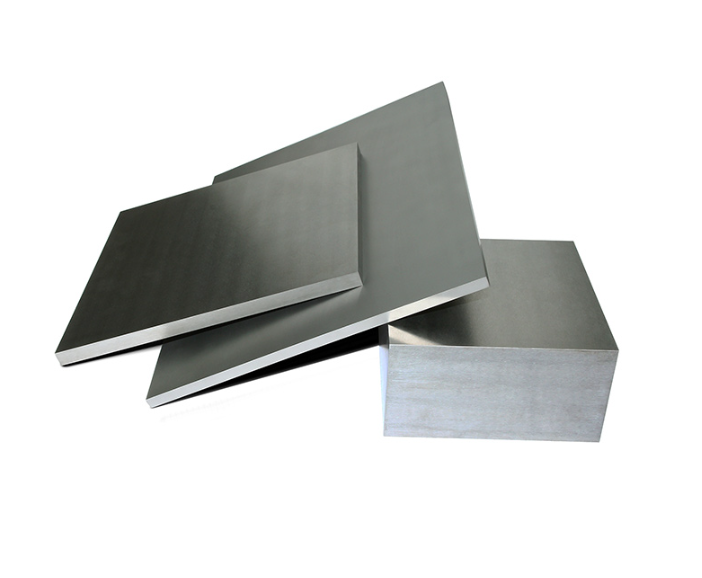
Applications of Carbide Heat Resistance
Carbides with high heat resistance are indispensable across various industries. Their ability to perform under extreme heat makes them the go-to materials for demanding tasks.
| Application | Carbide Type | Why It’s Used |
|---|---|---|
| Cutting Tools | Tungsten Carbide (WC) | Maintains sharpness at high temperatures |
| Aerospace Components | Titanium Carbide (TiC) | Lightweight and heat-resistant |
| Automotive Engine Parts | Silicon Carbide (SiC) | Thermal stability and durability |
| Protective Coatings | Chromium Carbide (CrC) | Oxidation resistance in high-heat environments |
| Nuclear Reactors | Zirconium Carbide (ZrC) | High melting point and radiation resistance |
| Jet Engine Components | Tantalum Carbide (TaC) | Withstands extreme temperatures |
Production Process Flow of Carbide Heat Resistance
How are these marvels of material science created? Let’s break it down:
- Raw Material Sourcing: Metallic powders (like tungsten or titanium) are sourced and mixed with carbon powders.
- Blending and Milling: The powders are blended together using advanced milling techniques to ensure uniformity.
- Pressing: The mixture is pressed into molds to achieve the desired shape and density.
- Sintering: The pressed material is subjected to high temperatures in a controlled atmosphere, solidifying the carbide.
- Finishing: The sintered carbides are ground, polished, and coated (if necessary) to meet application-specific requirements.
Material Properties of Carbide Heat Resistance
| Property | Tungsten Carbide | Titanium Carbide | Silicon Carbide | Chromium Carbide |
|---|---|---|---|---|
| Hardness (Vickers, HV) | 1800–2200 | 2500–3000 | 2800–3200 | 1800–2000 |
| Melting Point (°C) | 2870 | 3067 | 2730 | 1895 |
| Thermal Conductivity (W/mK) | 100 | 21 | 120 | 94 |
Hardness, Strength, and Wear Resistance
| Carbide Type | Hardness | Tensile Strength | Wear Resistance |
|---|---|---|---|
| Tungsten Carbide (WC) | High | Excellent | Outstanding |
| Silicon Carbide (SiC) | Very High | Moderate | Excellent |
| Titanium Carbide (TiC) | Extreme | High | Superior |
Specifications, Sizes, and Standards
Carbides come in a variety of shapes, sizes, and standards to fit specific applications.
| Carbide Type | Shape | Size Range | Standards |
|---|---|---|---|
| Tungsten Carbide (WC) | Rods, Plates | 5–500 mm | ISO 9001 |
| Silicon Carbide (SiC) | Discs, Blocks | 10–200 mm | ASTM C863 |
Choosing Carbide Heat Resistance and Pricing
| Criteria | Recommendation | Estimated Price Range |
|---|---|---|
| High-temperature cutting | Tungsten Carbide | $20–$50 per kg |
| Lightweight, high heat | Titanium Carbide | $50–$80 per kg |
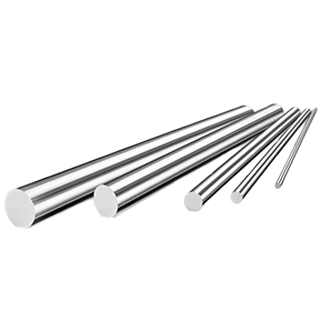
Advantages and Limitations
| Carbide Type | Advantages | Limitations |
|---|---|---|
| Tungsten Carbide (WC) | High durability, versatile | Expensive |
| Silicon Carbide (SiC) | Lightweight, excellent thermal conductivity | Brittle |
FAQs
| Question | Answer |
|---|---|
| What makes carbide so heat-resistant? | Its strong atomic bonds and high melting points. |
| Can carbide withstand oxidation? | Yes, especially chromium carbide and silicon carbide. |
| Which carbide is best for cutting tools? | Tungsten carbide, due to its durability and hardness. |

